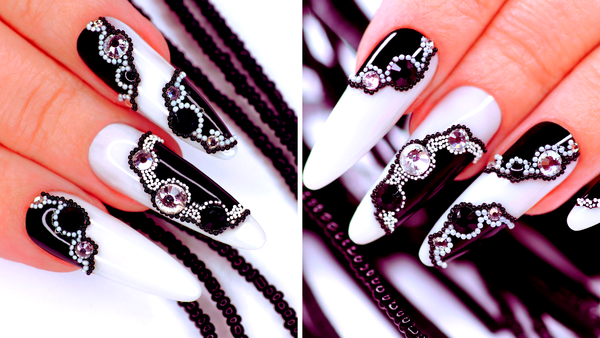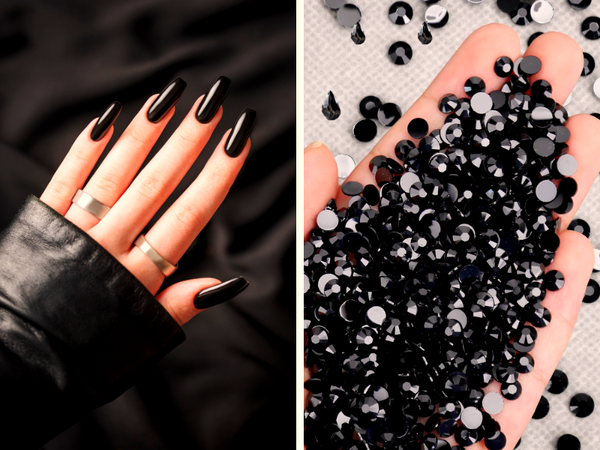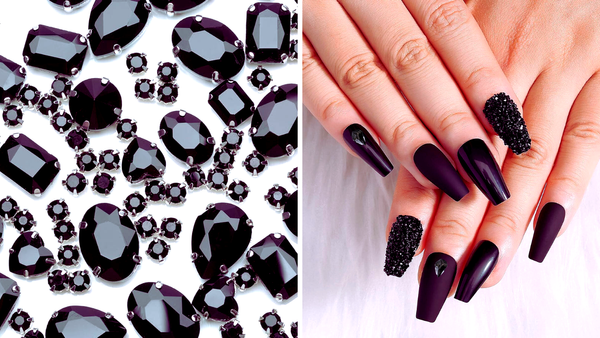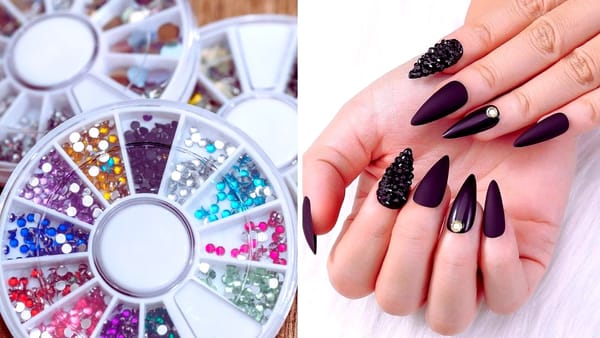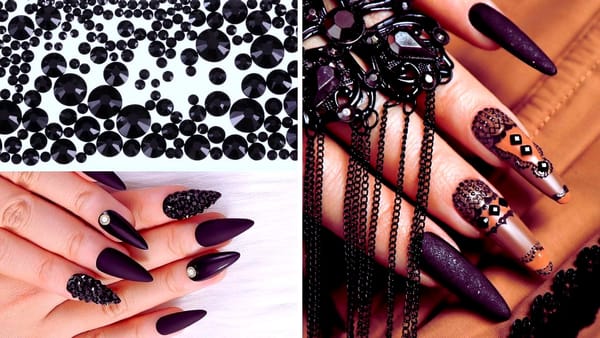Key Takeaways:
- Rhinestones are not genuine gemstones but are popular for their diamond-like appearance.
- They are made from glass, acrylic, or crystal materials and are used extensively in fashion and decoration.
- Understanding the differences between rhinestones and real diamonds is crucial for consumers and designers alike.
Rhinestones have long been the go-to choice for adding a touch of glamour and sparkle to everything from clothing to jewelry. But the question remains: is a rhinestone a gem? This article will delve into these shimmering stones, exploring their origins, how they're made, and their place in fashion and design.
The Origins of Rhinestones: A Glimpse into History
The term "rhinestone" originates from the European Rhine River, where rock crystals were gathered to imitate diamonds. These natural stones were known for their clarity and brilliance, making them a sought-after commodity. However, as the natural supply dwindled, an alternative was sought, leading to the birth of the modern rhinestone.
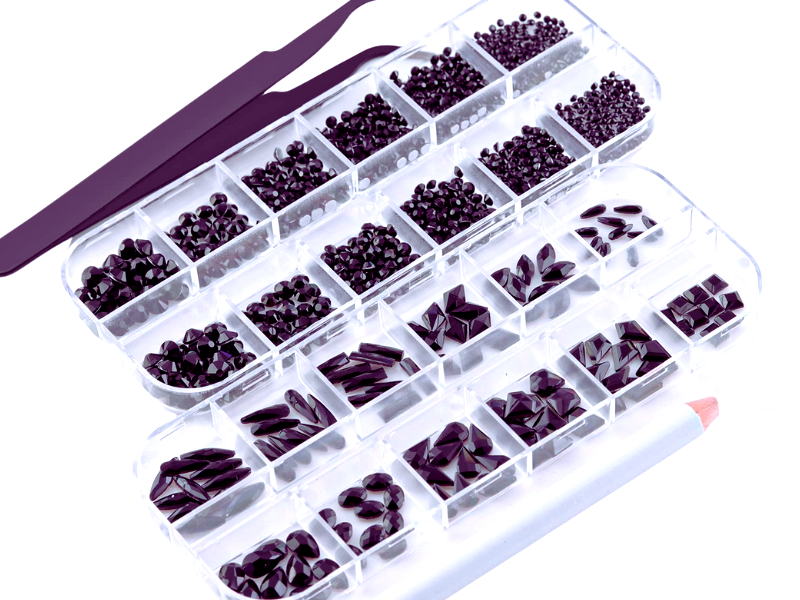
Daniel Swarovski and the Revolution of Crystal Rhinestones
In the late 19th century, Daniel Swarovski revolutionized the production of crystal rhinestones. His manufacturing process, which involved a precise cutting technique and a secret formula for leaded glass, resulted in crystals that refracted light in a way that mimicked the sparkle of genuine diamonds. This innovation catapulted Swarovski crystals to the forefront of the rhinestone industry.
Glass Rhinestones vs. Acrylic Rhinestones: A Comparative Look
When discussing rhinestones, it's essential to distinguish between glass rhinestones and acrylic rhinestones. Glass rhinestones, like Swarovski crystals, are known for their higher refractive index, which gives them a similar sparkle to real diamonds. Acrylic rhinestones, on the other hand, are made from plastic materials and, while still shiny, do not possess the same level of brilliance.
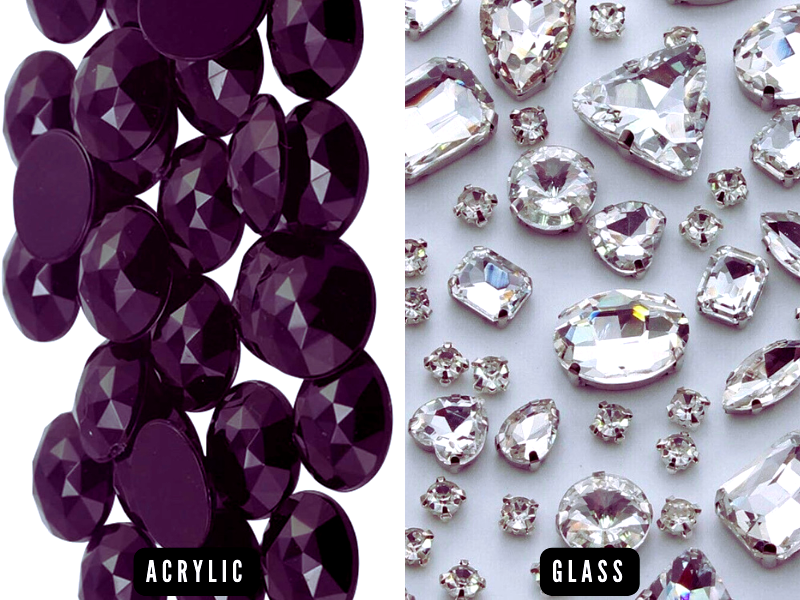
The Art of Imitation: How Rhinestones Imitate Diamonds
Rhinestones are crafted to imitate the look of diamonds through their cut, clarity, and how they reflect and refract light. A metal coating on the back of the stone, known as "aurora borealis" or AB, enhances the glistening effect by creating a rainbow-like appearance that adds to the stone's allure.
Hotfix Rhinestones and Flat Back Rhinestones: Understanding the Varieties
Hotfix rhinestones have a heat-activated adhesive on the back, making them easy to apply to clothing and other materials. Flat-back rhinestones, which lack this adhesive, require a separate glue for application. Both types are popular for decorating clothing and accessories, offering a versatile solution for adding sparkle.
The Rhinestone Cowboy: A Cultural Phenomenon
The term "rhinestone cowboy" became popularized through music and fashion, symbolizing the glitzy, glamorous style associated with rhinestones. This cultural reference underscores the impact that rhinestones have had on popular culture, transcending their use as mere decorative elements.
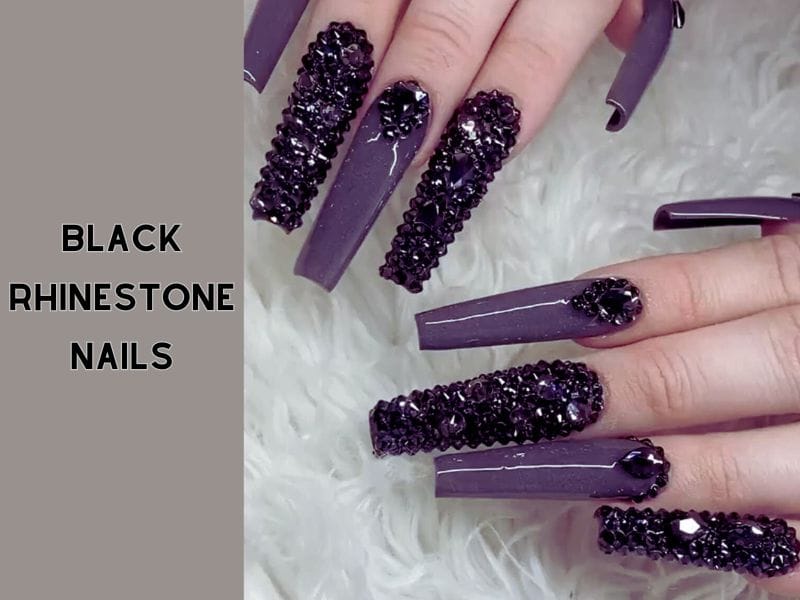
Genuine Gemstones vs. Quality Rhinestones: Spotting the Difference
While genuine gemstones are natural minerals formed within the earth's upper mantle, quality rhinestones are manufactured products. Real diamonds are pure carbon and formed under extreme heat and pressure, whereas rhinestones are typically made of glass, crystal, or acrylic.
The Role of Rhinestones in Costume Jewelry
Rhinestones are a staple in costume jewelry, offering an affordable alternative to genuine diamonds. Fashion designers often use rhinestones to create statement pieces that capture the eye without the hefty price tag associated with natural stones.
The Manufacturing Process of Rhinestones: From Concept to Creation
The manufacturing process of rhinestones involves cutting and polishing the material, whether glass, crystal, or acrylic, to maximize its ability to reflect and refract light. This process is designed to give rhinestones their characteristic sparkle and shine.
Rhinestones in Interior Design: Adding Sparkle to Spaces
Beyond fashion, rhinestones are used in interior design to create a luxurious and opulent atmosphere. Their ability to catch and play with light makes them ideal for adding a glistening effect to furniture, wall art, and decorative accents.
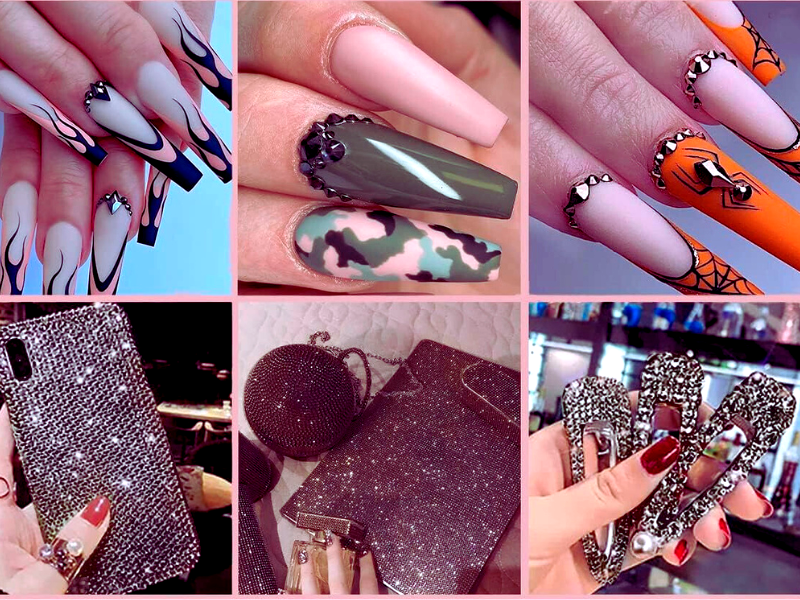
The Science Behind the Sparkle: Refractive Index and Light Play
The refractive index of a material determines how much it bends light. Rhinestones with a higher refractive index, such as leaded glass or Austrian crystal, will have a more pronounced sparkle, resembling genuine diamonds.
Rhinestones Reflect Light: The Key to Their Brilliance
The brilliance of a rhinestone is largely due to its ability to reflect light. The facets cut into the stone act as mirrors, bouncing light back to the viewer's eye and creating the illusion of an inner fire, much like a diamond.
The Size and Shape of Rhinestones: Tailoring to Design Needs
Rhinestones come in various sizes and shapes, allowing designers to choose the perfect stone for their projects. From tiny accents to large, eye-catching pieces, the versatility of rhinestone sizes and shapes is key to their widespread use.
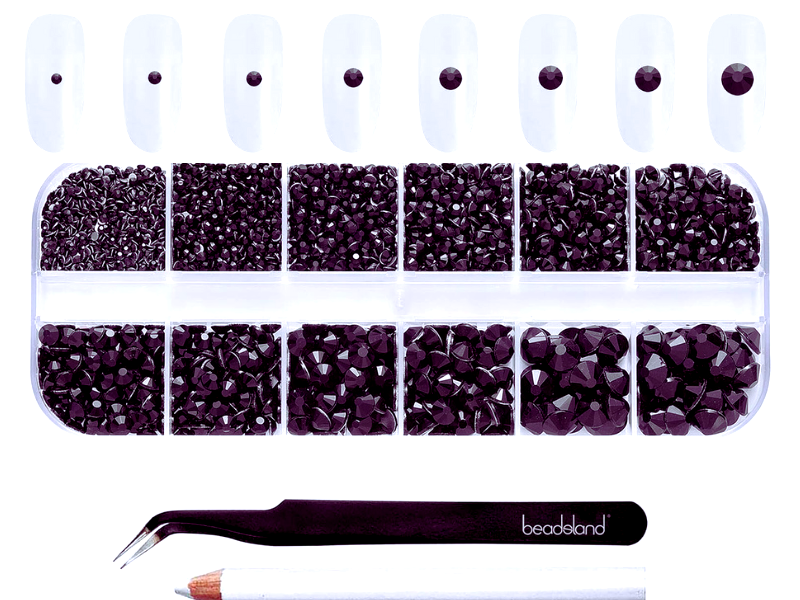
Swarovski Sparkle: The Benchmark of Rhinestone Quality
Swarovski crystals are often considered the gold standard for rhinestone quality. Their precise cut and high lead content contribute to a level of sparkle that is unmatched by other types of rhinestones.
Lead-Free Crystals: A Safer Alternative
In response to safety concerns, lead-free crystals have been developed to offer the same sparkle as traditional leaded glass rhinestones without the associated health risks. These stones are becoming increasingly popular in the market.
Rhinestones in Fashion: From Dance Costumes to Designer Wear
Rhinestones have found their place in the fashion world, adorning everything from dance costumes to high-end designer wear. Their ability to add drama and elegance to clothing has made them a favorite among fashion designers.
Recognizing the Quality of Rhinestones: What to Look For
To recognize high-quality rhinestones, look for clarity, cut, and how well they reflect light. A well-made rhinestone will have no bubbles or imperfections and possess a bright, vibrant sparkle.
Rhinestones Today: A Synthesis of Tradition and Innovation
Today's rhinestones represent a blend of traditional craftsmanship and modern innovation. With advancements in materials and manufacturing techniques, rhinestones continue to evolve, offering ever-more dazzling options for decoration and design.
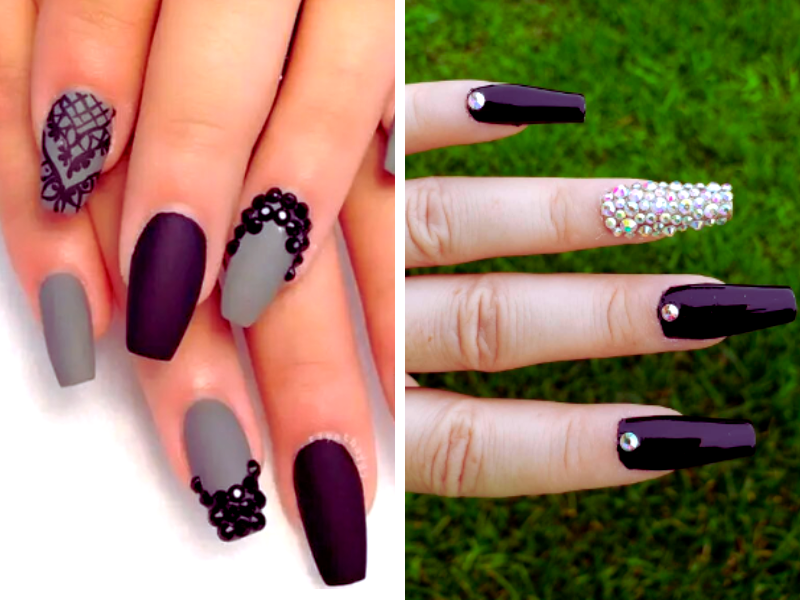
Summary
While not genuine gemstones, rhinestones have carved out their niche in fashion and design. They offer an affordable and versatile alternative to real diamonds, with a sparkle that can rival natural stones. Understanding the differences between rhinestones and genuine gemstones is essential for consumers and designers alike, ensuring that the right choice is made for each unique application.
FAQ Section
Can rhinestones be considered real gemstones?
No, rhinestones are not considered real gemstones. They are imitation diamonds made from glass, crystal, or acrylic materials designed to mimic the appearance of genuine diamonds.
What are the main uses of rhinestones?
Rhinestones are primarily used to decorate clothing, accessories, and costume jewelry. They are also used in interior design to add a sparkling effect to various elements within a space.
How can you distinguish between a rhinestone and a real diamond?
Rhinestones are softer, can scratch more easily, and do not conduct heat similarly. Additionally, diamonds have a more subtle sparkle, while rhinestones have a more pronounced, often rainbow-like effect.




